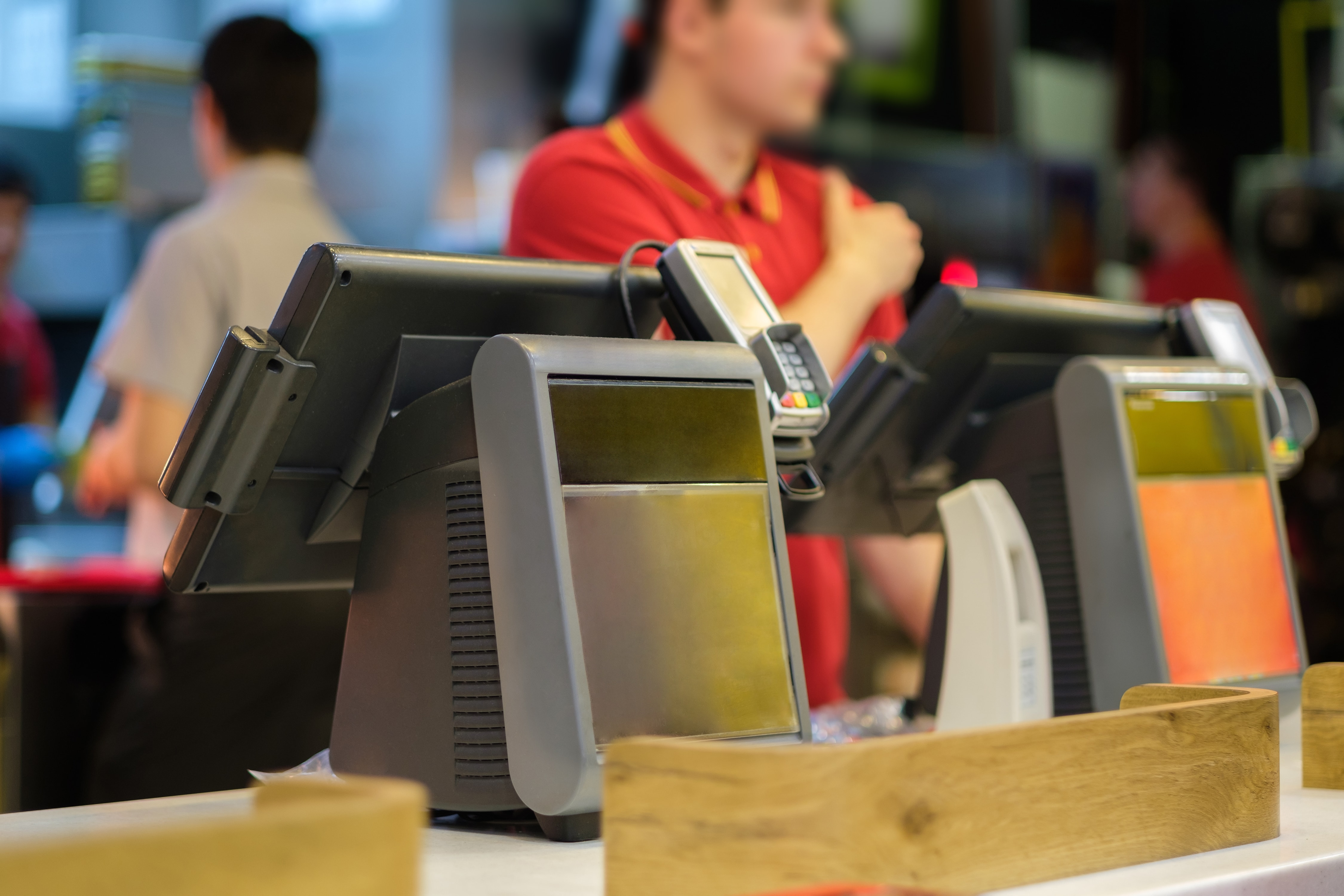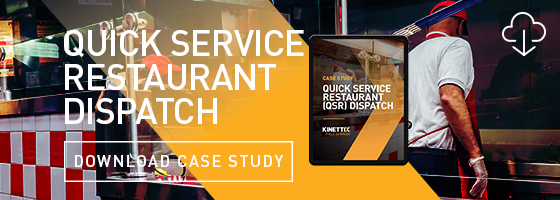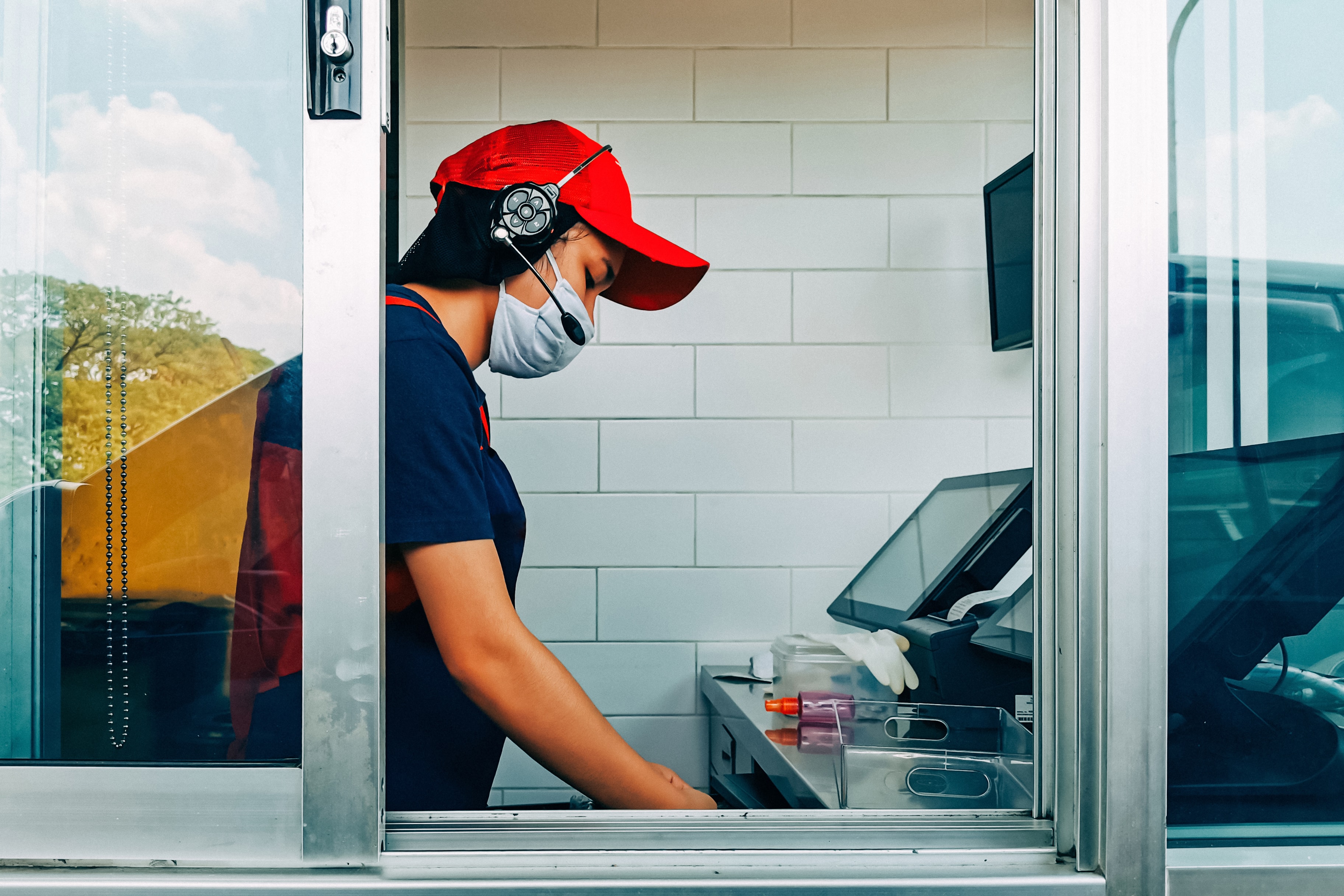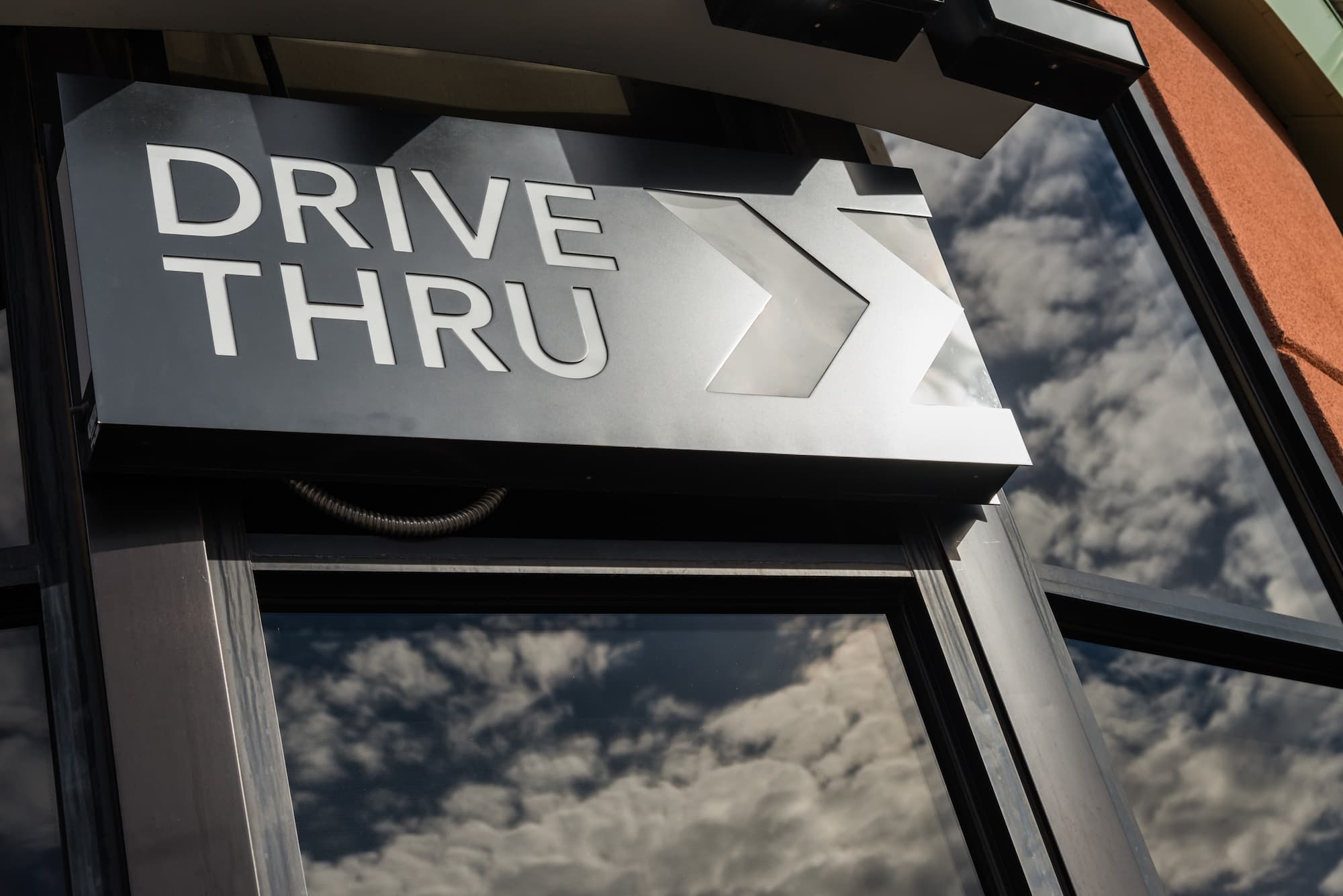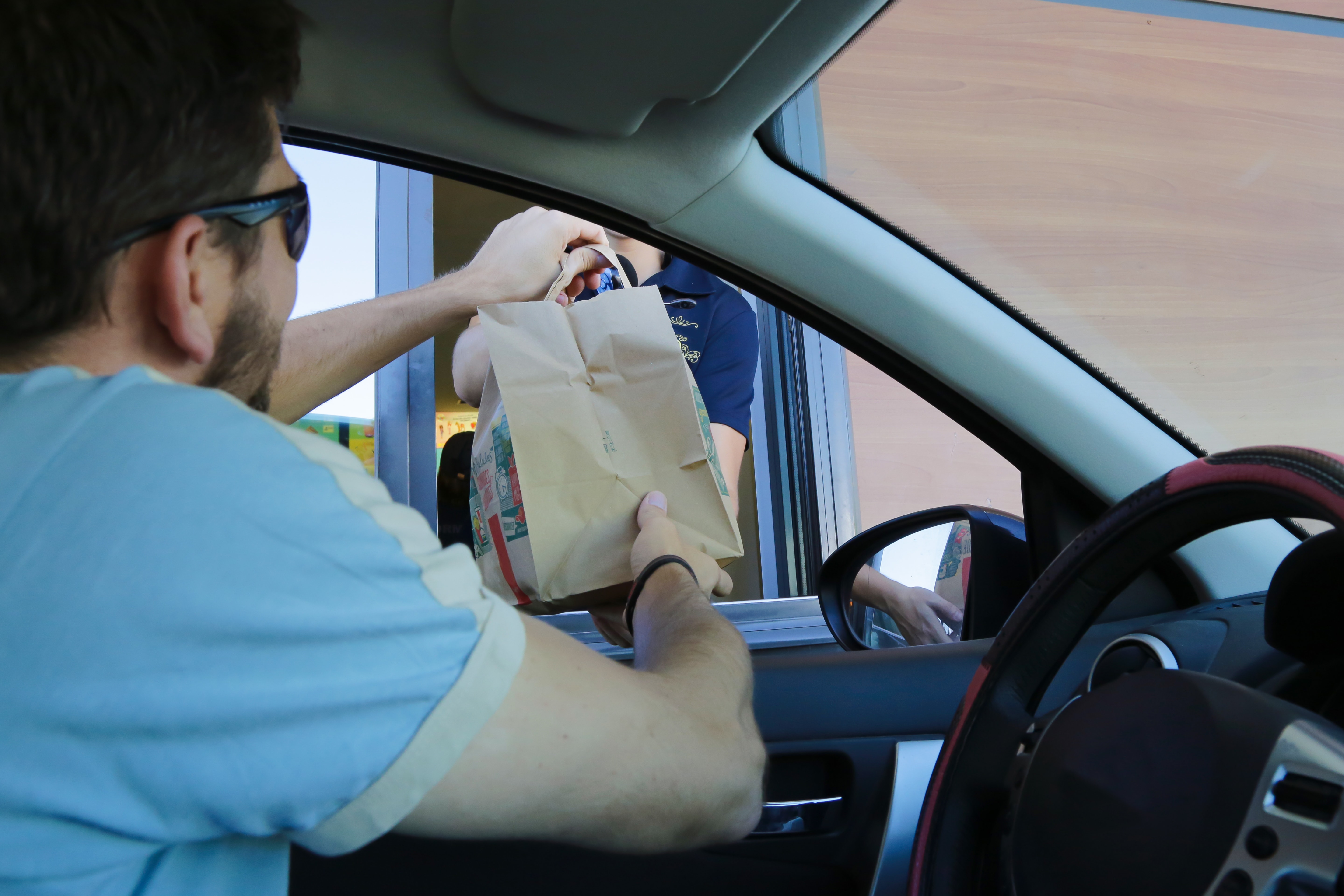The year 2020 brought many changes to the food service industry. From tightened health and safety guidelines to increased off-premises dining, the COVID-19 pandemic has dramatically altered the way quick service restaurants (QSRs) operate.
The good news is that vaccinations are on the way. The bad news is that daily operations won’t go back to normal overnight. Quick-service restaurants will need to remain cautious at first. Likewise, QSRs and the managed service providers who support them will need to come to terms with the ways the pandemic has permanently changed consumer preferences.
Let’s take a look at the biggest QSR trends for 2021 and explore how restaurants can adapt to this “new normal.”
Top 3 QSR Trends for 2021
1. Streamlined Drive-Thrus
Drive-thrus skyrocketed in popularity during the 1970s and have been a staple of the quick service industry ever since.
In the age of COVID-19, this technology has become even more impactful by providing consumers with contact-light dining experiences. Research shows that drive-thrus generated $8.3B in March 2020 — an increase from $8B made over the same period in 2019.
With this data in mind, quick-service restaurants that don’t have drive-thrus should consider deploying the service in 2021. Likewise, QSRs that already have drive-thrus should invest in improvements such as:
- Adding additional lanes.
- Adopting a dual drive-thru model.
- Installing sneeze guards at cashier windows to protect staff and improve consumer confidence.
- Investing in digital menu boards with a more sophisticated look and increased visibility.
- Implementing faster payment collection options, such as mobile payments.
2. Increased Mobile Orders
Drive-thrus aren’t the only way consumers will be ordering from quick-service restaurants in 2021.
According to QSR Magazine, the percentage of diners who ordered through a smartphone or mobile app grew from 11% to 39% between 2015 and 2018. The publication also predicted that mobile orders would account for 11% of all QSR sales by 2020. In reality, they couldn’t have predicted how much the pandemic would necessitate the need for contact-light service and accelerate the technology’s adoption.
Mobile ordering is here to stay, so quick-service restaurants should prepare to expand this service in 2021. From dedicated mobile order parking spots to clear signage on the premises, make sure the ordering experience is as seamless as possible.
QSRs should also consider developing their own mobile app rather than relying on aggregators like Uber Eats, DoorDash®, and GrubHub that charge steep commission fees. While a custom app may result in a significant upfront cost, restaurants will benefit from the autonomy in the long term. For example, they can offer exclusive deals and loyalty programs as well as recommend menu items based on past orders. Together, these features allow QSR brands to create a more unique, personalized experience.
3. Rise of Hardware-Less Kiosks
In early 2020, many quick-service restaurants were adding self-service kiosks to their dining rooms. This technology allowed QSRs to remove bottlenecks at the register and streamlined the ordering process.
In 2021, however, touch-based kiosks could be seen as a health and safety risk. As a result, a recent Deloitte report suggests that adoption of this technology could slow, if not reverse altogether. Instead, QSRs should look toward frictionless ordering and payment methods.
Fast-casual chain Newk’s Eatery, for example, has started implementing “hardware-less kiosks'' amid the pandemic. They mounted placards throughout their dining room with instructions to scan a QR code. Doing so downloaded a web app where guests could quickly order and pay via their smartphone.
“There was no waiting in line with guests. And nothing foreign to touch,” QSR Magazine said of the technology. “Call it tableside ordering with a personal kiosk experience that used the same kiosk software as before, just optimized for a mobile device.” Other QSRs should similarly rethink how they deploy kiosk technologies in order to accommodate new consumer preferences.
These are just three of the changes coming to quick-service restaurants and the restaurant IT industry in 2021. What trends do you think will emerge this year?
If you or your client are looking to implement new QSR technologies, then give Kinettix a call. We can connect you with a team of highly qualified project coordinators and IT field technicians who will support your restaurant IT project from start to finish. Let us help you keep up with QSR trends and take your business to the next level in 2021.

